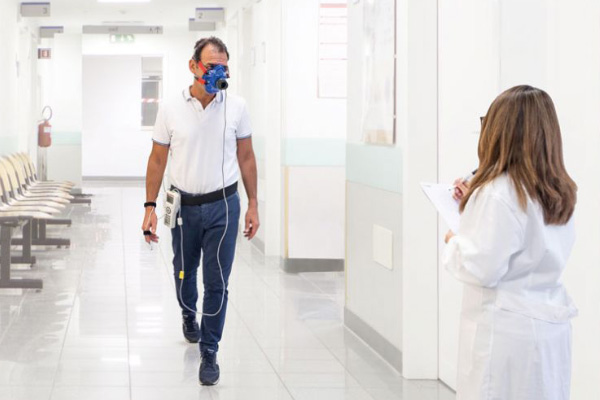How is the 6MWT performed?
- From start to end, the exam usually takes less than 15 minutes. A 30-meter (33-yard) flat track is recommended. The patient will walk to the end of the track and back, completing as many laps as possible in the six-minute time limit.
- During the test, the patient may be required to wear a monitor (typically a tiny device on the tip of a fingertip) to assess oxygen levels in the blood. At the beginning and conclusion of the test, the doctor would normally take the patient's blood pressure. This test is not recommended if you have high blood pressure.
- If the patient typically walks with a cane or other aid, they may do so throughout the exam. Similarly, supplementary oxygen may be administered throughout the test if the patient typically requires it. Chairs will be provided if the patient needs to stop and relax during the exam.
- It is not required for the patient to walk as fast as possible. In reality, patients' test results are more accurate if they walk constantly rather than walking rapidly and exerting themselves and then fail to finish the test.
- Patients normally perform better on the test the second time they take it. As a result, the test is usually repeated many days apart to get an accurate measurement.
- The test should be performed in a place where quick medical attention may be provided if necessary. If a patient exhibits symptoms such as extreme shortness of breath, chest discomfort, excessive sweating, muscle spasms, staggering, or a pale and ashen appearance, testing should be stopped immediately.
What is the purpose of the test?
The purpose of this test is to assess aerobic fitness.

